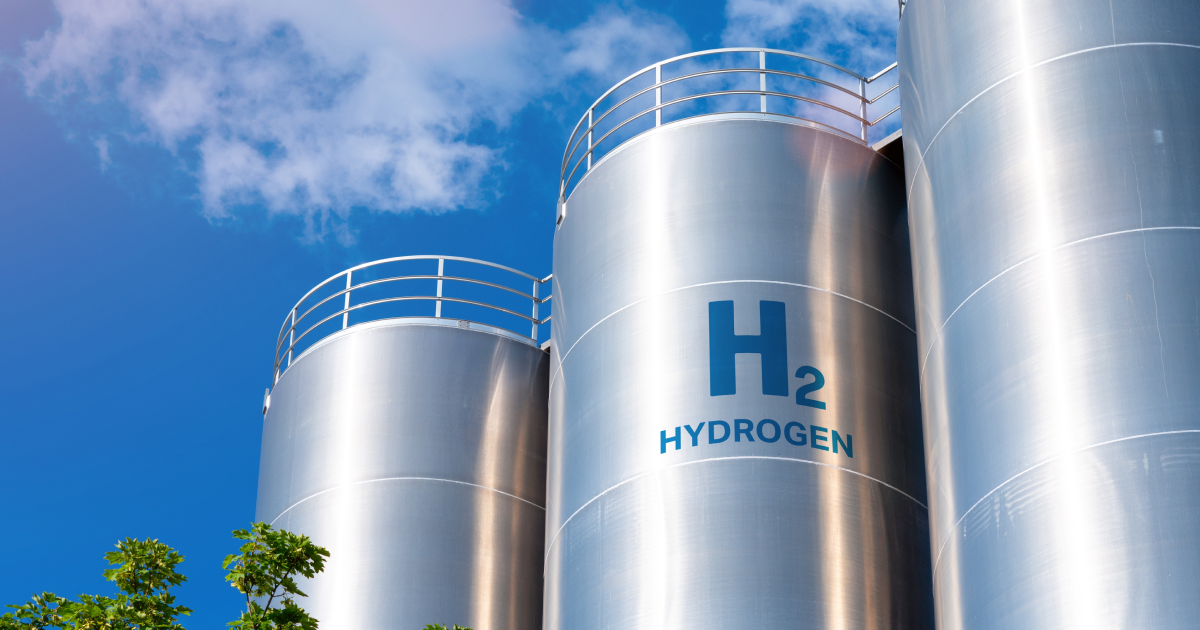
News Global Market Germany 1992 16 February 2024
24 hydrogen production projects will be financed. Their total value reaches €8 billion
The European Commission (EC), under the Important Project of Common European Interest (IPCEI) Hydrogen program, has approved about €4.6 billion in funding for 24 hydrogen production projects in Germany. This is stated in the message of the German Ministry of Economy.
«The Commission’s approval is an important milestone for the German Federal Ministry for the Economic Affairs and Climate Action in its efforts to expand the hydrogen economy and develop the hydrogen value chain in Europe as a whole,» the ministry said.
Financial support is provided for projects along the entire hydrogen value chain, from production to transportation, storage, and industrial use. The proposed projects will make a key contribution to the implementation of the German National Hydrogen Strategy and the achievement of the goals of the EU’s environment, energy, and transport strategies.
«The projects in the Hy2Infra wave are important building blocks for ramping up the hydrogen economy in Germany and Europe. I am delighted that the European Commission has now granted the State aid approval. The German government recognises the importance of strengthening the German hydrogen economy along the entire value chain to enable a rapid market ramp-up. Germany and the other participating Member States can now move on swiftly to implemention phase with the companies,» said the Minister of Economy of the Federal Republic of Germany, Robert Habeck.
As GMK Center reported earlier, decarbonization of the steel industry will continue to be a key topic in 2024. Adequate supplies of clean hydrogen and renewable energy at competitive prices will be crucial in this process.
In particular, Europe needs to establish electricity production without the use of fossil fuels. However, large-scale electrolysis to produce green hydrogen requires significant volumes of it.
Current prices for hydrogen are around €5/kg, but they need to be much lower to become commercially viable for steel production.



